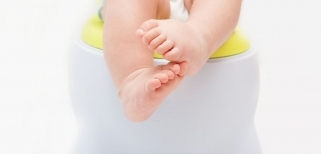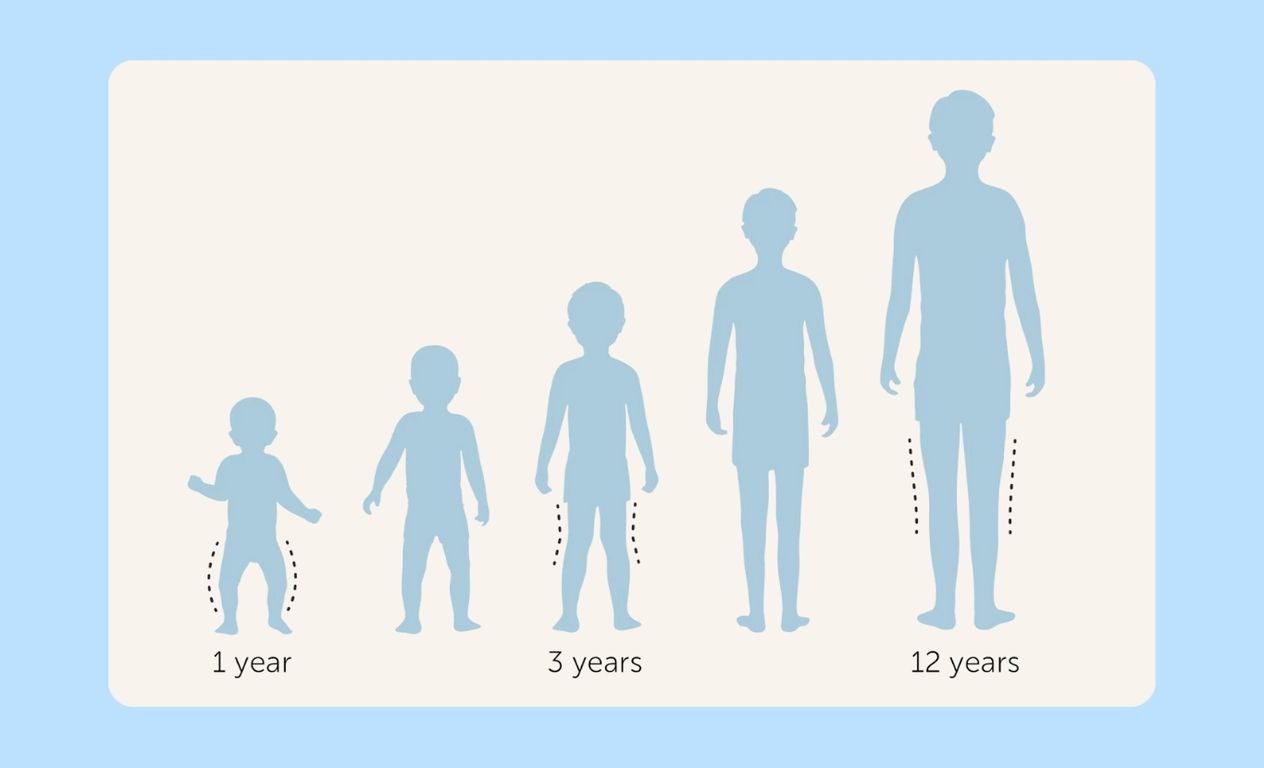




Health Information



Understanding Children’s Foot Development

Understanding Children’s Foot Development (by Sportsperformance Physiotherapy)
Children’s feet can change significantly from birth as they grow older. Most so-called ‘foot problems’ in children are just normal developmental variations and will naturally correct themselves unless there is an injury. If the foot is painful, stiff, or slow to improve, a physiotherapist can provide professional advice and a treatment plan.
How do children’s legs and knees develop?

- Bowlegs in infants: Bow-leggedness (genu varum) often occurs between birth and 24 months. Babies remain curled up in the womb for a long time. At birth, the calf bones and feet are still curved inward, which is normal. Parents don’t need to intentionally straighten their baby’s legs with a towel or string.
- Toddlers: Between about 24 and 36 months, toddlers’ legs gradually align.
- Young children: When they’re between 3 and 5 years old, children may develop knock knees, a condition in which the knees tilt inward, resulting in an X-shaped leg.
- As children grow: The angle of the X-shape gradually decreases, and their legs continue to straighten out. Children’s walking patterns typically become normal or near normal by age 7 to 8, or occasionally closer to the teens, and gradually become more settled.
Make an appointment to talk to a podiatrist to obtain a proper diagnosis and appropriate treatment if you have further questions about your children's foot issue.
Related Services:
- General Podiatry
- Paediatric Foot Conditions
- 3D Scanning for Orthotics
- Custom Orthotic Prescription
- Gait Analysis
Futher reading:



